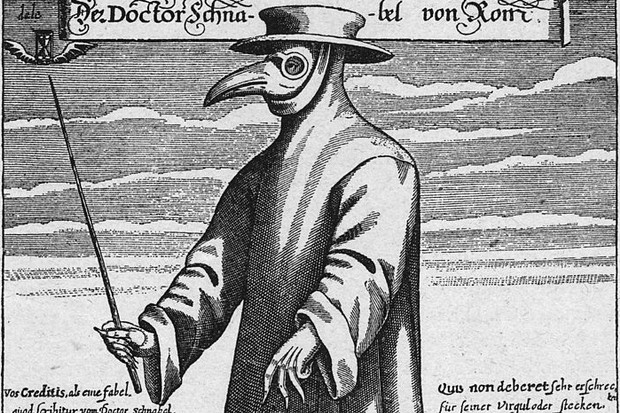
* * * *
Welcome to “read the Bible – expand your mind:”
This blog has four main themes. The first is that God will accept anyone. (See John 6:37.) The second is that God wants us to live lives of abundance. (John 10:10.) The third is that God wants us to do even greater miracles than Jesus did. (John 14:12.) The fourth – and most overlooked – is that Jesus wants us to read the Bible with an open mind. See Luke 24:45: “Then He” – Jesus – “opened their minds so they could understand the Scriptures.”
And this thought ties them together:
The best way to live abundantly and do greater miracles than Jesus is – as noted – to read the Bible with an open mind. For more, see the notes or – to expand your mind – see the Intro.
In the meantime:

A week or so ago – Thursday, March 27, just after Coronavirus 2020 “hit the fan” – the Daily Office Old Testament readings switched from the end of Genesis to the start of Exodus. Specifically, with Exodus 1:6-22. The following day, March 28, Moses “introduced himself.”
Exodus. 2:1-22 began with how Moses’ parents met: A man “from the house of Levi” married a Levite woman. (About the time the “new” Pharaoh in power commanded that all male Hebrew newborns be thrown into the Nile, because the Hebrews – now slaves – had grown so numerous…)
That child was named Moses. He was named “Moses” by Pharaoh’s daughter (who became his “stepmother”). Because “she said, ‘I drew him out of the water.’” And that child went on to write Exodus – his own story – and the other first five books of the Bible, the Torah.
One strange note: Moses wrote about himself in the third person. (As in Moses writing of himself, “Moses doesn’t like that.”) For more background on the subject, see On Moses and “illeism,” from May 2014. In turn, illeism is “the act of referring to oneself in the third person instead of first person.” Further, “Illeism is sometimes used in literature as a stylistic device.”
Interestingly, Wikipedia lists a number of “Notable Illeists,” including Jesus Christ, “found referring to Himself as ‘Jesus’ (as well as the ‘Son of Man’), as in John 17:1-3.” But Moses didn’t make that list, despite the fact he is one of the earliest writers in history to use the device.
(Which he may well have borrowed from God, as noted in “the burning bush.” See GOD THE ILLEIST: THIRD-PERSON SELF-REFERENCES AND TRINITARIAN HINTS IN THE OLD TESTAMENT.)
Since those late-March readings, Moses has gone on – in the Daily Office – to discover his true identity. (In part because he killed an Egyptian overseer abusing a Hebrew slave.) He also went into hiding as a fleeing felon; talked directly with God through the “Burning Bush;” and returned to Egypt to get Pharoah to “Let my people go.” But Pharaoh wouldn’t listen…

Which brings up the 10 Plagues of Egypt. (Like the Fifth Plague, at left.) They were inflicted on the Egyptians later in Exodus, by the agency of God. (And Moses.) The question is: How might they relate to us today? One example that Camus wrote, “last century:”
Everybody knows that pestilences have a way of recurring in the world; yet somehow we find it hard to believe in ones that crash down on our heads from a blue sky. There have been as many plagues as wars in history; yet always plagues and wars take people equally by surprise.*
Which seems true of this year’s Covid-19 “pestilence.” It certainly came as a surprise. But is there a connection between this plague and a message God might be trying to send us?
Which could bring up what Jesus said in Matthew 10:34. In the GWT, “Don’t think that I came to bring peace to earth. I didn’t come to bring peace but conflict.” Or as generally translated (like in the KJV, the one God uses), “Think not that I am come to send peace on earth: I came not to send peace, but a sword.” Which are strange words to come from Jesus, but for some clarification we can look to Matthew 10:34 – Commentary & Meaning:
By the “sword” may be meant the Gospel, which is the means of dividing and separating the people of Christ from the men of the world, and … as also of divisions, discords, and persecutions arising from it… [N]ot that it was the intention and design of Christ … to foment and encourage such things; but this, through the malice and wickedness of men, was eventually the effect and consequence of his coming.
Which to me could mean that – lately, especially in America, “Light of the World” – God saw way too many “divisions, discords and persecutions.” But now for the most part we’re seeing a new meme. Rather than all the “us against them” or “the opposition is ruining America,” it goes like this: We’re All in This Together: Facing the Coronavirus Crisis. (One example.*)
Which – most people would say – is a pretty refreshing change of tune. (I.e., a change in people’s attitudes, “usually from bad to good, or from rude to pleasant.”)
For one thing, it is true that “pestilences have a way of recurring in the world.” But the “truths of the Gospel will remain uncorrupted forever.” And that brings up one final note: Holy Week 2020 starts this Sunday, April 5. And that “Holy” week’s upcoming lessons will feature some of Jesus’ “most important teachings on love and unity.” (Which is about dang time…)
* * * *

* * * *
The upper image is courtesy of Plague Doctors Beaked Mask – Image Results. Caption: “Circa 1656, A plague doctor in protective clothing. The beak[ed] mask held spices thought to purify air, the wand was used to avoid touching patients. Original Artwork: Engraving by Paul Furst … Photo by Hulton Archive/Getty Images).” See also Why plague doctors wore those strange beaked masks:
In 17th-century Europe, the physicians who tended to plague victims wore a costume that has since taken on sinister overtones: they covered themselves head to toe and wore a mask with a long bird-like beak. The reason behind the beaked plague masks was a misconception about the very nature of the dangerous disease… [The outfit] included a coat covered in scented wax, breeches connected to boots, a tucked-in shirt, and a hat and gloves made of goat leather. Plague doctors also carried a rod that allowed them to poke (or fend off) victims… (Emphasis added, to relate to the caption at the top of the page.)
Their headgear was particularly unusual: Plague doctors wore spectacles … and a mask with a nose “half a foot long, shaped like a beak, filled with perfume with only two holes, one on each side near the nostrils, but that can suffice to breathe and carry along with the air one breathes the impression of the [herbs] enclosed further along in the beak…” [The] iconic and ominous look, as depicted in this 1656 engraving of a Roman doctor, is recognizable to this day.
Re: “God the Illeist.” The article provided examples: “Exodus 33:19 has Yahweh promise Moses, ‘I will proclaim the name of Yahweh before you…’ In 2 Sam 7:11, Yahweh assures David that ‘Yahweh will make you a house.’ Hosea 1:7 has Yahweh comforting the prophet that ‘I will have mercy on the house of Judah, and I will save them by Yahweh their God.’”
Re: “10 Plagues [of Egypt].” Wikipedia noted the “traditional number of ten plagues is not actually mentioned in Exodus, and other sources differ; Psalms 78 and 105 seem to list only seven or eight plagues and order them differently. It appears that originally there were only seven (which included the tenth), to which were added the third, sixth, and ninth, bringing the count to ten.”
The “pestilence” quote is from Albert Camus‘ 1947 novel, The Plague. It’s from Part 1, Vintage International paperback edition, 1991, originally published 1947, at pages 36-37. See also “Pestilence, one of the Four Horsemen of the Apocalypse.”
The “Fifth Plague” image is courtesy of Plagues of Egypt – Wikipedia. Caption: “The Fifth Plague: Pestilence of livestock, by Gustave Doré.” See also Exodus 9:1-7.
Re: “We’re all in this together.” See also The funniest coronavirus memes to get you through, Ashley Tisdale’s “We’re All In This Together” Quarantine Dance, and – from New Zealand, Coronavirus: We’re all in this together. And we can only succeed together.
Re: “Truths of the Gospel will remain uncorrupted forever.” See 5 New Testament Promises for the Church Today, Tomorrow, and Forever.
Re: “Change of tune.” An added definition: to “change one’s attitude, opinion … or stance on something, typically in a way that is more positive or agreeable.”
Lower image courtesy of Holy Week 2020 – Image Results. For some words of explanation, see Holy Week 2020 | Day Finders noting the week honors “precious moments of Jesus’ last days on Earth:”
With Palm Sunday, it tells us about Jesus’ Triumphal Entry into Jerusalem. The days of Holy Monday and Holy Tuesday makes us remember the events of fig tree cursing and the temple cleansing. The days of Holy Wednesday and Maundy Thursday commemorate Jesus prediction about his betrayal and death, and also reflect some of His most important teachings on love and unity. The days of Good Friday and Black Saturday mourn the Passion, Crucifixion, and Passing of Jesus. The last day, called the Easter Sunday, shares with us the joy of Jesus Resurrection from the dead.
* * * *
As noted in the opening blurb, this blog has four main themes. The first is that God will accept anyone. (John 6:37, with the added, “Anyone who comes to Him.”) The second is that God wants us to live abundantly. (John 10:10.) The third is that we should do greater miracles than Jesus. (John 14:12). A fourth theme: The only way to do all that is read the Bible with an open mind:
…closed-mindedness, or an unwillingness to consider new ideas, can result from the brain’s natural dislike for ambiguity. According to this view, the brain has a “search and destroy” relationship with ambiguity and evidence contradictory to people’s current beliefs tends to make them uncomfortable… Research confirms that belief-discrepant-closed-minded persons have less tolerance for cognitive inconsistency…
So in plain words, this blog takes issue with boot-camp Christians. They’re the Biblical literalists who never go “beyond the fundamentals.” But the Bible can offer so much more than their narrow reading can offer… (Unless you want to stay a Bible buck private all your life…) Now, about “Boot-camp Christians.” See for example, Conservative Christian – “Career buck private?” The gist of that post is that starting the Bible is like Army Basic Training. You begin by“learning the fundamentals.” But after boot camp, you move on to Advanced Individual Training.” As noted in the opening blurb, this blog has four main themes. The first is that God will accept anyone. (John 6:37, with the added, “Anyone who comes to Him.”) The second is that God wants us to live abundantly. (John 10:10.) The third is that we should do greater miracles than Jesus. (John 14:12). A fourth theme: The only way to do all that is read the Bible with an open mind:
…closed-mindedness, or an unwillingness to consider new ideas, can result from the brain’s natural dislike for ambiguity. According to this view, the brain has a “search and destroy” relationship with ambiguity and evidence contradictory to people’s current beliefs tends to make them uncomfortable… Research confirms that belief-discrepant-closed-minded persons have less tolerance for cognitive inconsistency…
Now, about “Boot-camp Christians.” See Conservative Christian – “Career buck private?” The gist of that post is that starting the Bible is like Army Basic Training. You begin by“learning the fundamentals.” But after boot camp, you move on to Advanced Individual Training.” Also, and as noted in “Buck private,” I’d previously said the theme of this blog was that if you really want to be all that you can be, you need to go on and explore the “mystical side of Bible reading.*” In other words, exploring the mystical side of the Bible helps you “be all that you can be.” See Slogans of the U.S. Army – Wikipedia, re: the recruiting slogan from 1980 to 2001. The related image below is courtesy of: “toywonders.com/productcart/pc/catalog/aw30.jpg.” *

Re: “mystical.” As originally used, mysticism “referred to the Biblical liturgical, spiritual, and contemplative dimensions of early and medieval Christianity.” See Mysticism – Wikipedia, and the post On originalism. (“That’s what the Bible was originally about!”)
For an explanation of the Daily Office – where “Dorscribe” came from – see What’s a DOR?


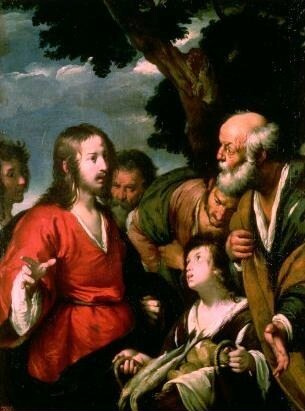
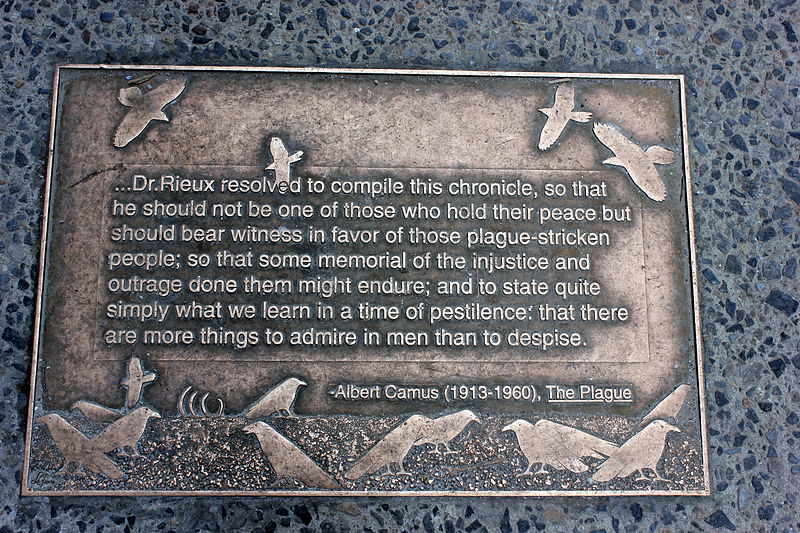
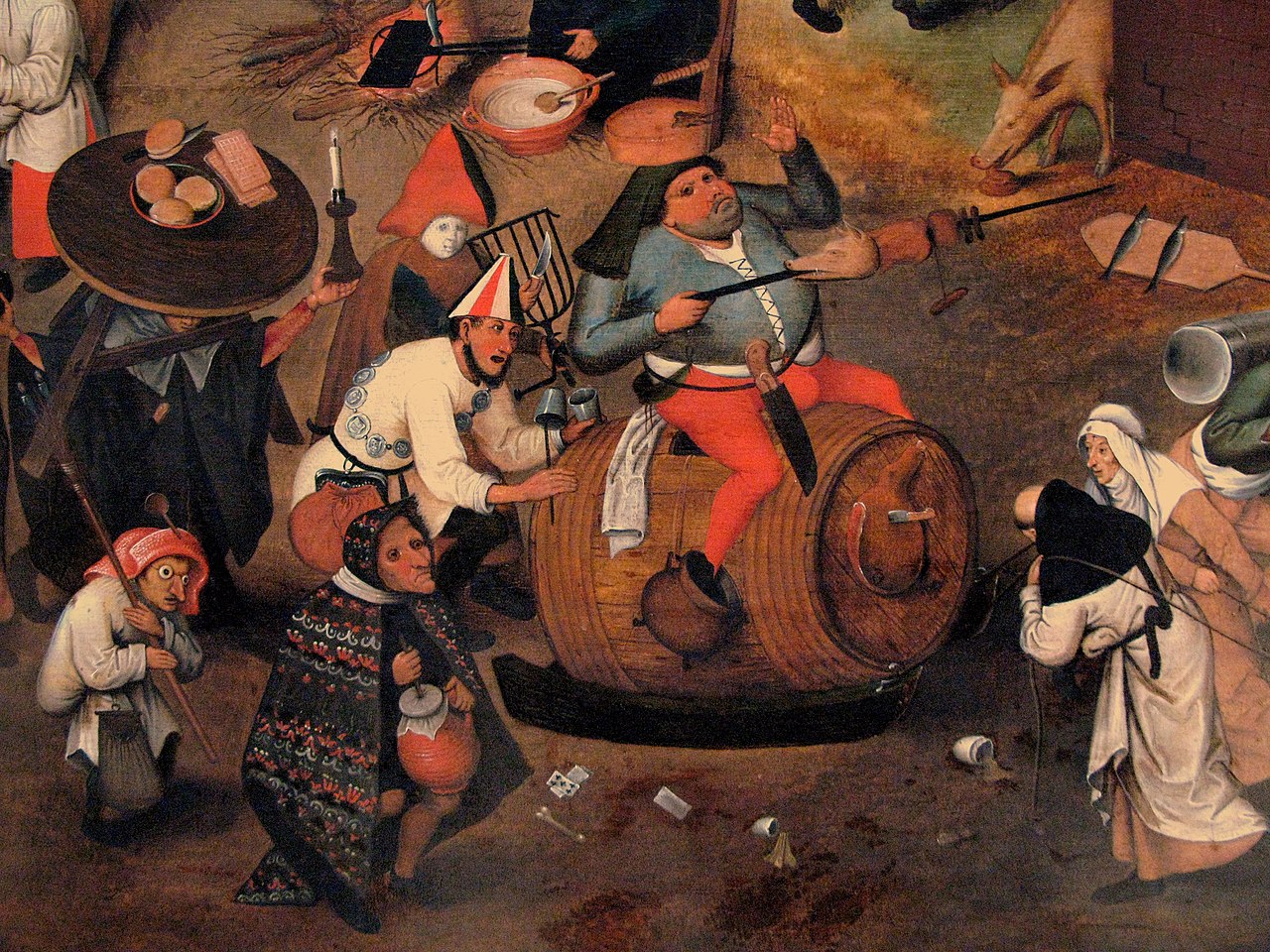
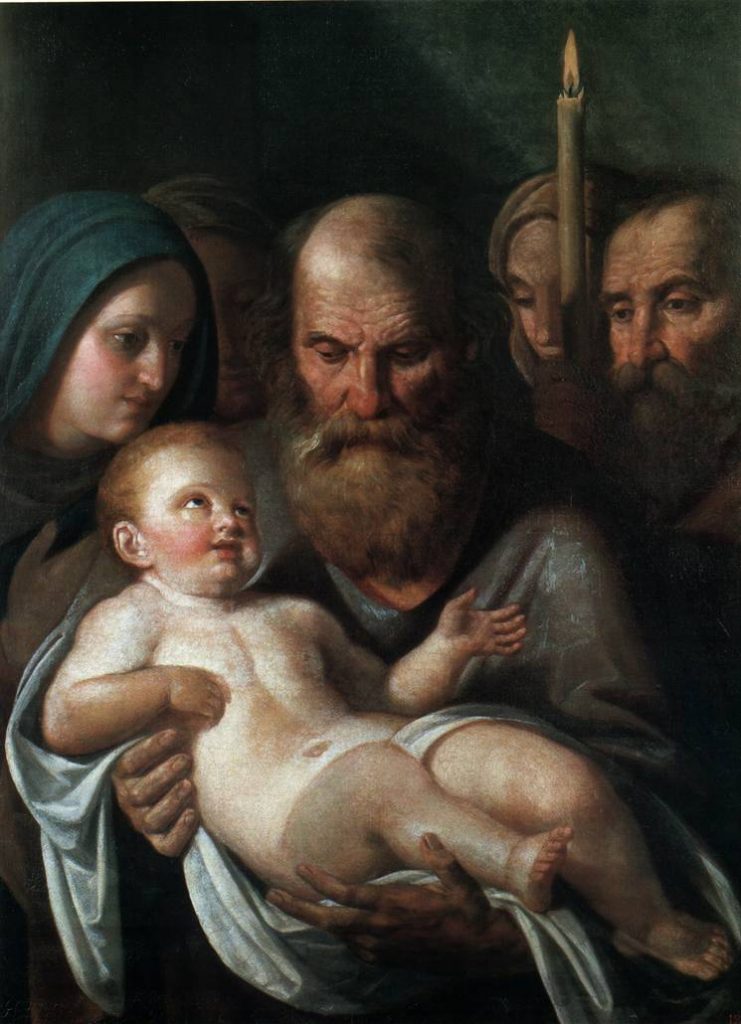
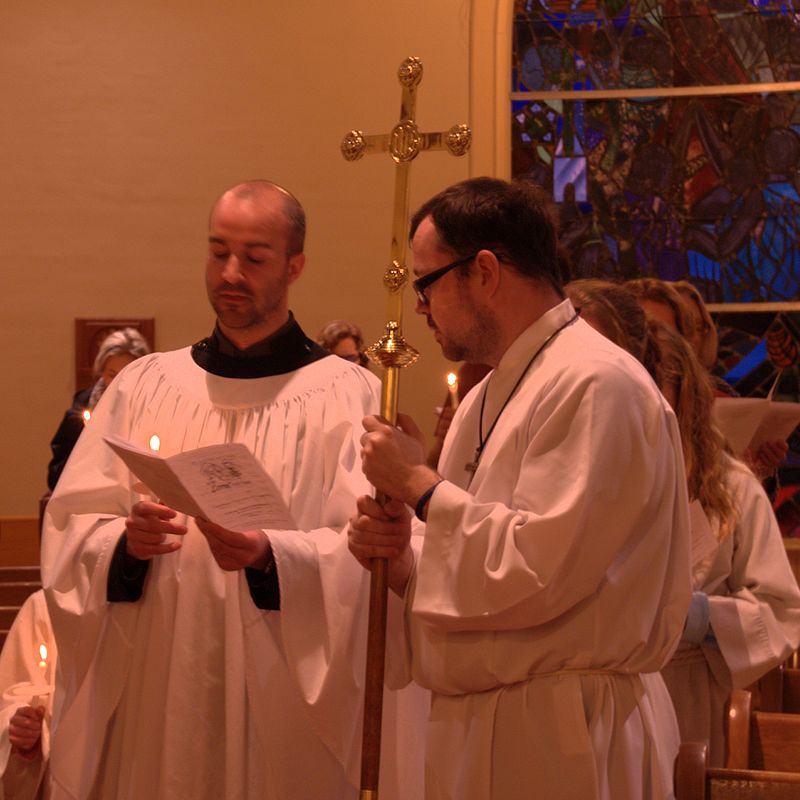

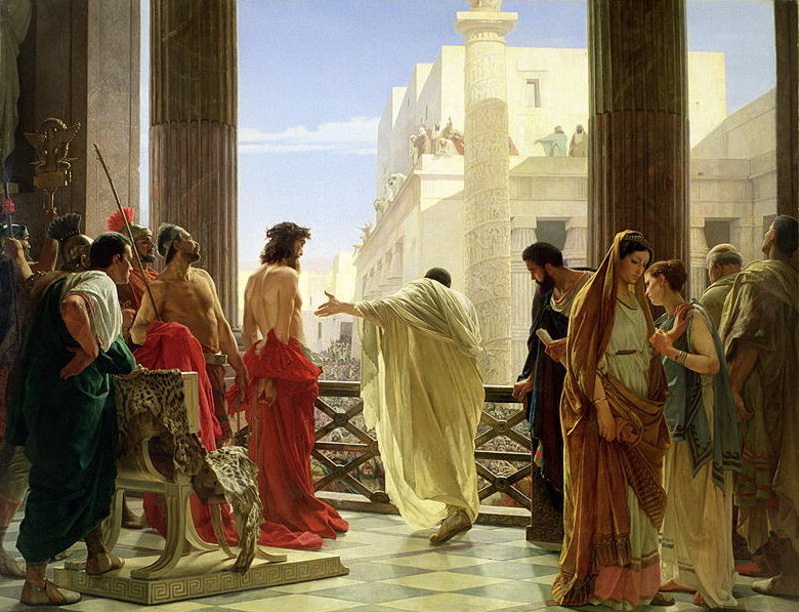



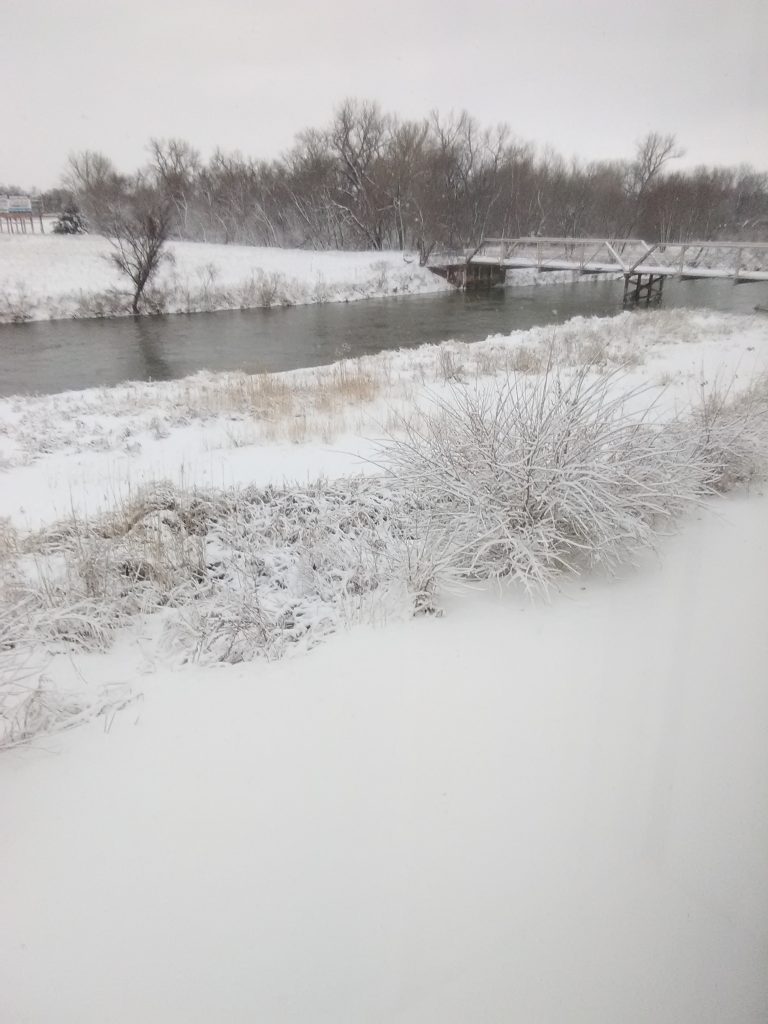

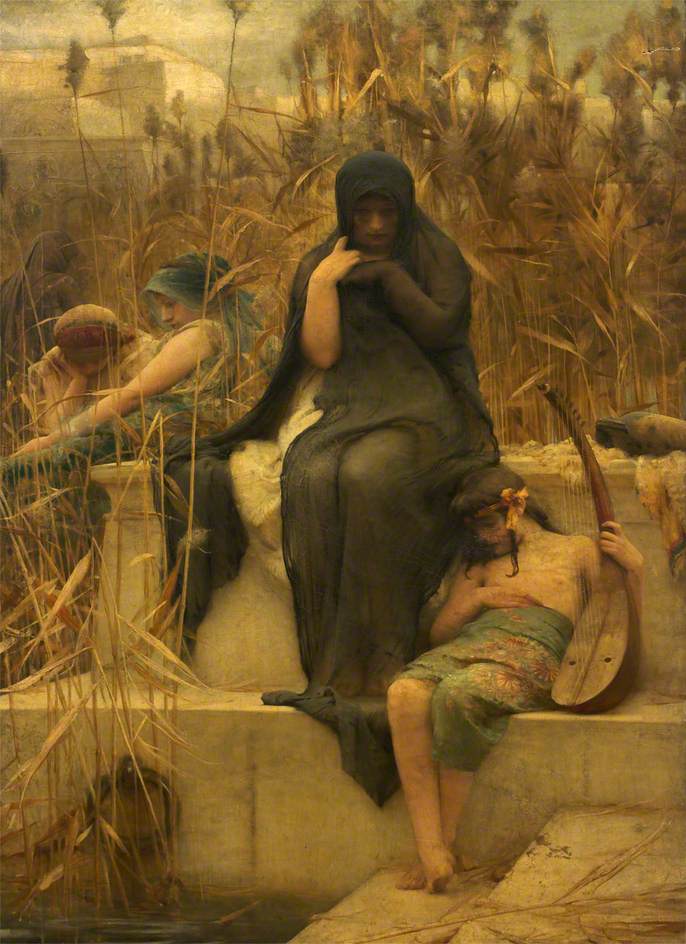





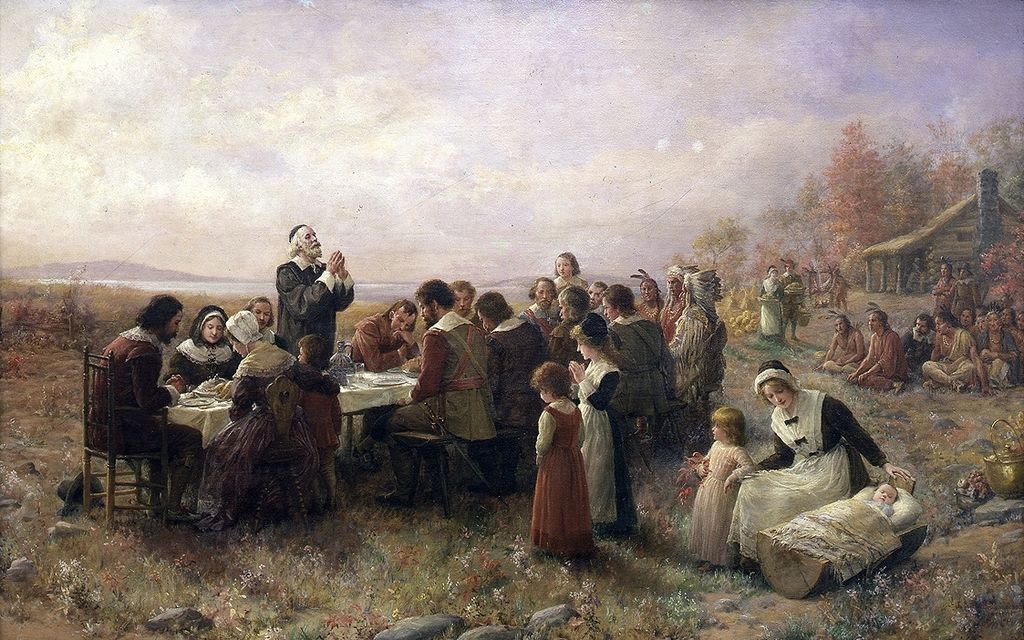

 You can get a more complete story from prior posts like – from 2018 –
You can get a more complete story from prior posts like – from 2018 –  Another idea was to build bonfires. Literally
Another idea was to build bonfires. Literally 
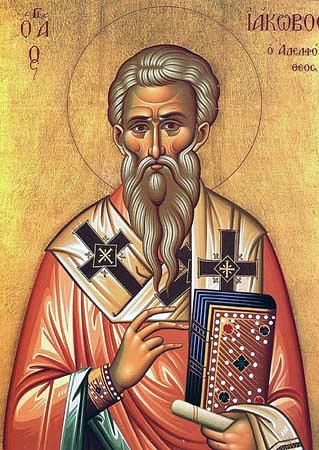 Which would have brought us back to the topic of such pilgrimages, if this James had been “the Greater.” As for the confusion, see
Which would have brought us back to the topic of such pilgrimages, if this James had been “the Greater.” As for the confusion, see 